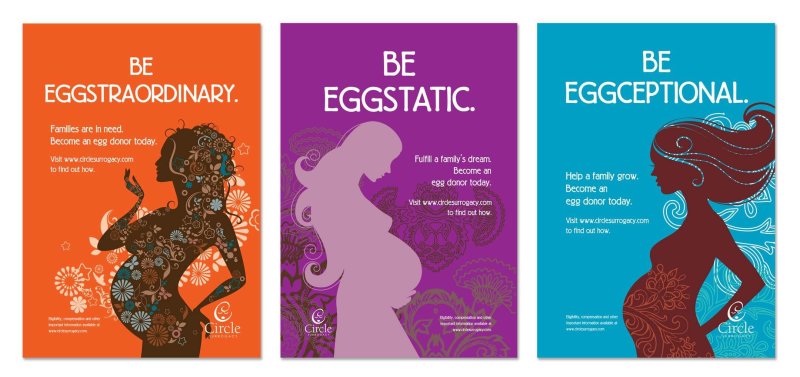The quarter sheet of thin paper featured a woman’s silhouette, leaping with open arms over an explosion of rainbow-hued long-tailed ovals and flowers. It implored her to “Be Eggceptional. Help a family’s dream come true. Become an egg donor today.”
…
But now, as ads aren’t relegated to dorm room distribution or alumni magazine classifieds and instead follow potentially interested donors around online for years, their idyllic depiction of egg donation begs a few questions:
Are they helpful, informing potential donors about life-changing amounts of money? In targeting highly-educated and usually white donors, do they fast-track existing race and class biases into assisted reproduction? Do they entice students, particularly lower-income ones, towards an invasive medical procedure of which the long-term effects, both physical and emotional, haven’t been well-studied?
It’s understandable that donor egg recipients want their children to look like them, and in the States, where white people hold 84% of all wealth, those who can afford to pay top dollar for donors that look like them are likely to be white.
But in that American free market model, choosing donors for their physical characteristics and paying them outsized fees replicates and amplifies existing inequalities experienced by people whose race, economic status, or physical appearance aren’t as highly valued by society.































